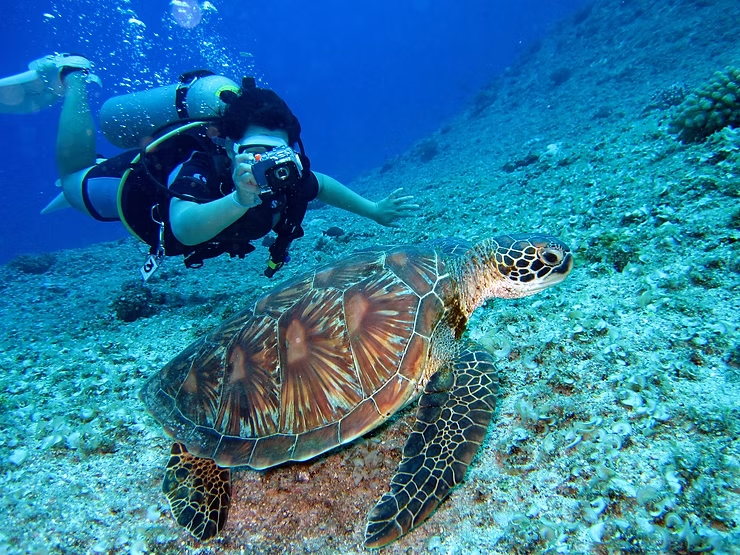Promoting Sustainable Coastal Tourism
Sustainable coastal tourism is vital for preserving the natural beauty and ecological integrity of our coastal regions. While tourism brings economic benefits and fosters appreciation for natural environments, unmanaged tourism can cause habitat degradation, pollution, and harm to local ecosystems. Implementing responsible practices ensures that both the environment and communities thrive.
Key Strategies for Sustainable Coastal Tourism
1. Sustainable Infrastructure
Design and construct tourism facilities such as hotels, resorts, and marinas with energy efficiency, responsible landscaping, and effective waste management systems.
2. Eco-Certifications
Support eco-certification programs like EarthCheck or Green Key to recognize environmentally responsible businesses. Travelers can choose certified accommodations and activities.
3. Sustainable Transportation
Encourage low-impact transport options such as public transit, cycling, and electric shuttles to reduce the carbon footprint of coastal travel.
4. Responsible Waste Management
Implement recycling programs, reduce single-use plastics, and engage tourists in beach cleanups to minimize environmental impacts.
5. Coastal Restoration
Invest in projects like beach re-nourishment, dune restoration, and coral reef rehabilitation to mitigate tourism’s impact on coastal habitats.
6. Wildlife Conservation
Raise awareness of protecting coastal wildlife, including nesting sea turtles, shorebirds, and marine mammals, and provide guidelines for responsible wildlife viewing.
7. Sustainable Activities
Promote low-impact recreational activities such as birdwatching, kayaking, snorkeling, and hiking to let tourists enjoy nature responsibly.
8. Education and Interpretation
Provide educational programs and interpretive materials to inform visitors about local ecosystems, biodiversity, and cultural significance.
9. Controlled Visitor Numbers
Use visitor quotas for sensitive areas to prevent overcrowding, and reinvest entry fees into conservation efforts.
10. Local Engagement
Involve communities in tourism planning and ensure benefits are shared, empowering locals and creating sustainable income sources.
11. Seasonal Management
Implement temporary closures or restrictions to protect nesting and breeding wildlife during critical periods.
12. Water Conservation
Encourage accommodations to use low-flow fixtures and promote responsible water use among tourists, especially in water-scarce regions.
13. Marine Protection
Advocate for marine protected areas (MPAs) and enforce regulations to prevent destructive activities that threaten coral reefs and marine biodiversity.
14. Green Energy
Promote renewable energy sources like solar and wind power in tourism facilities to reduce the carbon footprint of coastal tourism.
15. Sustainable Cuisine
Encourage restaurants to serve locally sourced, sustainable seafood and produce, supporting local fishermen and reducing overfishing.
16. Responsible Boating
Implement no-anchor zones, slow-speed areas, and whale-watching guidelines to minimize collisions and protect marine life.
17. Monitoring and Enforcement
Establish monitoring programs and collaborate with law enforcement to ensure compliance with environmental regulations and codes of conduct.
18. Eco-Friendly Partnerships
Collaborate with NGOs, businesses, and government agencies to develop sustainable tourism initiatives and networks that benefit the environment and communities.
Conclusion
Promoting sustainable coastal tourism not only safeguards the environment but also ensures long-term economic viability for local communities. By fostering responsible tourism practices, supporting livelihoods, and preserving natural beauty, sustainable tourism creates a win-win situation for both visitors and the environment.

